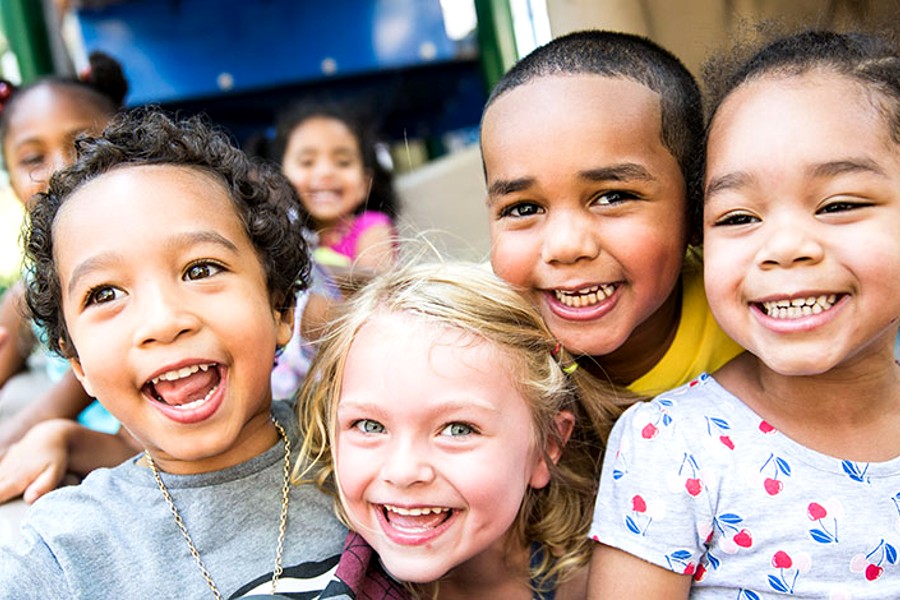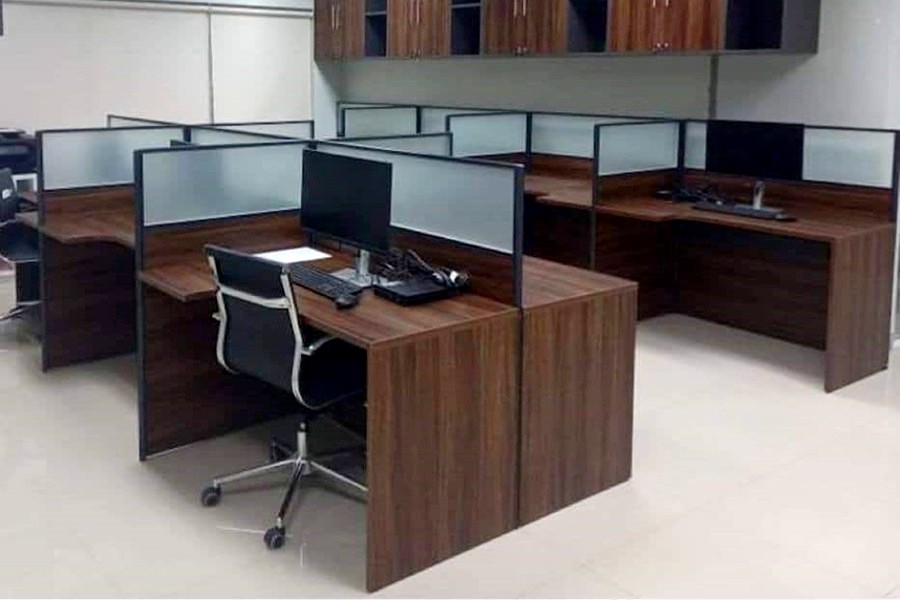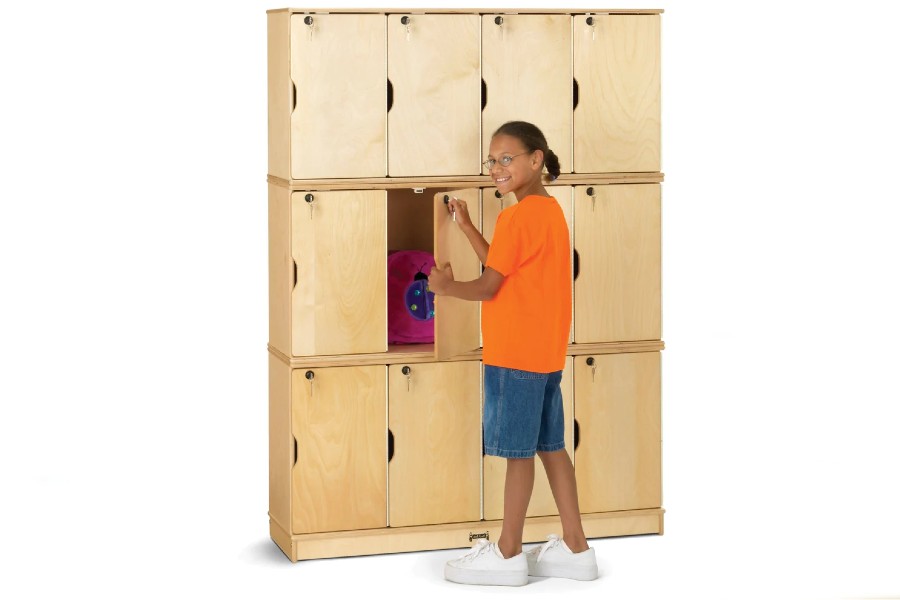 Put a science writer in a classroom with two-dozen ten-year-olds and I promise you this: the writer will learn more than the kids.
Put a science writer in a classroom with two-dozen ten-year-olds and I promise you this: the writer will learn more than the kids.
I’ve just had that experience, not for the first time but in an especially fulfilling away, while talking about science to a group of fourth and fifth graders at Public School 96 in New York’s Harlem. The visit was part of a new after-school program organized by the YMCA of Greater New York to promote STEM (science, technology, engineering and math) education and careers to children in some of the city’s most underserved neighborhoods. The experience was wonderful. I will confess that going in, I wasn’t sure it could be. When I was ten years old, growing up only a couple of miles away from P.S. 96, New York was a tough town. The main thing I knew about the city’s streets was to be afraid of them. My escape back then was to turn to the heavens. I fell in love with space exploration. If you named an Apollo moon mission, I could name the backup crew. If you named a planet, I could name its moons. At night, I would crane my neck out the window of our apartment, watching satellites slide across the sky. My father wrote to a friend, “Luckily, we have soft sidewalks here in New York.”
But back to the present: Now, I was in a classroom overseen by Ms. Akia and Mr. Norm, trying to share my childhood excitement with Ashley and Jada, Ricardo and Ryan. I found that they were way ahead of me. They had done a big, colorful, construction paper book last year about the solar system. A boy named Emmanuel volunteered to me that Pluto had been demoted to dwarf-planet status “because it’s not big enough to clear out its neighborhood.” (He knew his stuff; that is what the International Astronomical Union ruled in 2006.)
I’ve spent most of my working life trying to explain science and technology, in writing and on television. I was ABC News’ science correspondent for many years; I now work at a firm where we take science communications very seriously. The kids at P.S. 96 were among the most enthusiastic I’d ever seen, and more challenging than any TV audience.
I’d planned a simple exercise for them, trying to evoke the vastness of the solar system. You’ve probably seen one of these: If the sun were just three inches across, then Earth would be a tenth of an inch wide and 26 feet away…
“I’m going to need some volunteers,” I said. Every hand in the room shot up. I picked a poised young girl and gave her a baseball. “Okay, you’re the sun. Everybody remember not to look into the sun because it’s so bright…Now, I need another volunteer–yes, you.” I picked a boy. “You’re going to be the Earth.” I gave him a peppercorn from a jar I’d found in our kitchen. “Now whatever you do, please don’t swallow the Earth. Everything and everyone you’ve ever known is on that tiny dot…” We kept going. I asked the kid who played Jupiter (represented by a peanut) to walk 140 feet down the hall, but he ran out of hallway space; our surrogate Pluto (carrying a pinhead taped to an index card) would have had to walk four blocks. He smiled and went to get his coat before I stopped him.
It was all lighthearted fun. Until the questions came.
“What’s the sun made of?”
“It’s made of fire, but what’s fire made of?”
“When you’re walking along at night, why does the moon keep following you?”
The kids were thinking big. I was touched. The staff at the Y assured me they were not a hand-picked group.
“You’re going to make terrific scientists,” I told the students. “You’re not afraid to ask questions. Don’t ever stop.”
Sadly, I assume most of them will. I was once on a panel at the National Academy of Sciences where a member lamented that children lose interest in science as they grow older. If you poll six-year-olds, he said, half of them will tell you they want to do something scientific as adults; by the time they reach twelfth grade, you’re down to a few percent.
“Somebody’s getting to them,” he said. “Somebody’s telling them it’s too hard, or that they’re not good enough.”
The kids at P.S. 96 face additional obstacles. The youngsters in that room were all members of minority groups. Half were girls. If they’re smart enough to know the definition of a planet, they’re probably also sensitive enough to pick up the subtle signals society sends–sometimes subconsciously–that science and engineering are mostly the province of white males.
I am perhaps rationalizing, but I’d like to think I helped keep a flame lit in that classroom. If we can help those kids dream, it will be good. Obviously, one trip to one classroom won’t do it. I need to go again, and we need others to do the same.
“Thank you for coming,” said a counselor as we were wrapping up. “These kids don’t have very many visitors.”
A couple of weeks later, in a big envelope, came a colorful booklet the kids had made from construction paper. It was a thank-you card, made and signed by all the students. “Your presentation,” it said, “was out of this world.”
Related articles

Become a Harlem Insider!
By submitting this form, you are consenting to receive marketing emails from: . You can revoke your consent to receive emails at any time by using the SafeUnsubscribe® link, found at the bottom of every email. Emails are serviced by Constant Contact























The key to teaching science in any classroom is to convince the students that they can learn it. Congratulations are in order to Ms Akia and Mr. Norm